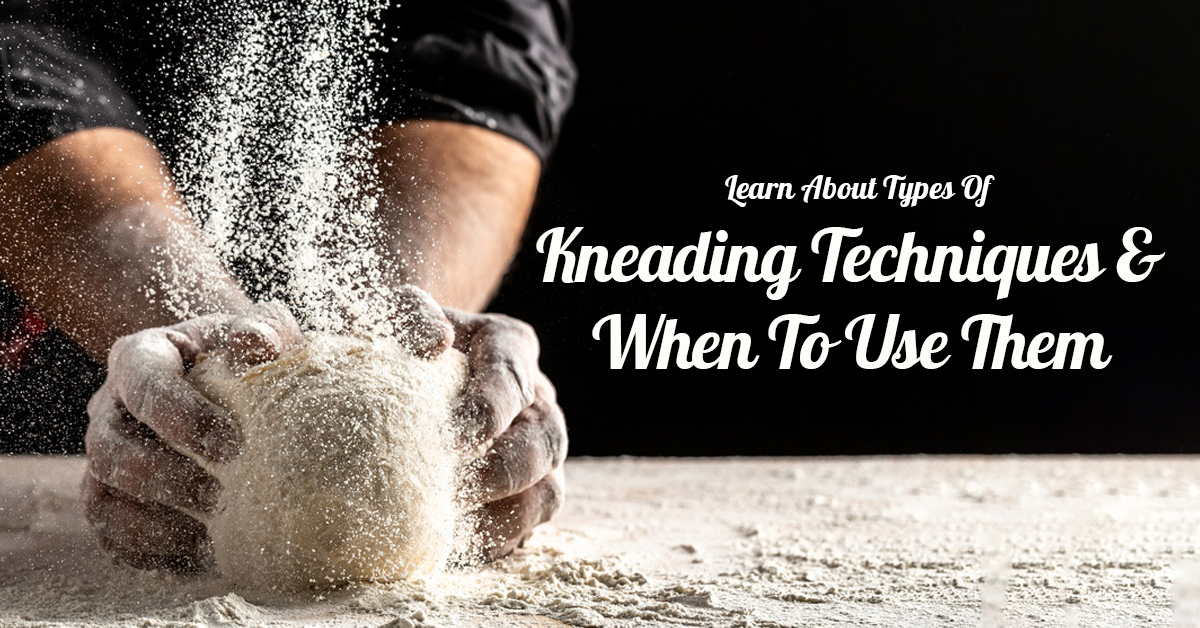In baking, kneading plays a crucial role as the fundamental technique for best results in baked products. It is indeed a fact that the better you knead your dough, the better it impacts your baking and can be seen or tasted through its structure, quality, and texture. Therefore, this blog is curated by our baking classes in Chennai Velachery that will explore the types of kneading techniques and when to use them for significant results.
Traditional Kneading:
Traditional kneading involves the repetitive folding and pressing of the dough with the heels of your hands. This classic technique is preferred for most bread and pizza doughs, providing a good muscle workout and allowing for proper gluten development. Traditional kneading is ideal for recipes that require a solid and elastic dough, such as artisan bread or sourdough.
Folding Technique:
The folding technique is a gentler approach that emphasizes creating layers within the dough. This method is particularly suitable for delicate pastries like croissants or Danish pastries. Folding helps to achieve a flaky and light texture while ensuring that butter or other fats are evenly distributed, resulting in a more uniform final product.
No-Knead Method:
The No-Knead method is the most preferred one among home bakers because it is simple and convenient. Also, this method allows the dough to ferment for a longer time by eliminating muscle kneading. No-knead recipes are perfect for busy schedules and can produce artisan-style bread with a chewy interior and crispy crust.
Stretch & Fold:
The stretch and fold technique is a hybrid approach combining traditional kneading elements with a focus on stretching and folding the dough at intervals during the fermentation process. This method enhances gluten development while maintaining a lighter touch, making it suitable for various bread recipes, including ciabatta and baguettes.
Machine Kneading:
Machine kneading is a time-saving alternative for those with stand mixers or bread machines. Different machines offer various settings, allowing you to customize the kneading process based on the specific requirements of your recipe. Machine kneading is efficient and ensures consistent results, making it a popular choice for many home bakers.
When To Use Each Technique?
Traditional Kneading:
Use when making rustic bread, artisan loaves, or any recipe that requires a robust and well-developed gluten structure.
Folding Technique:
Ideal for pastries, laminated doughs, and recipes where layering is essential for achieving the desired texture.
No-Knead Method:
Perfect for busy individuals or a low-effort approach, particularly for rustic and artisan-style bread.
Stretch & Fold:
Suitable for bread recipes like ciabatta or baguettes, where a balance between gluten development and an open crumb structure is desired.
Machine Kneading:
A time-efficient option for various recipes, providing consistent results and allowing you to multitask during preparation.
Hence, the above-suggested methods on various kneading types are essential, especially for home bakers to choose the right one and get the best results for their recipes. However, mastering these techniques is more accessible by joining our cake baking classes in Velachery, where you can bring out your culinary creations and enhance your skills.


